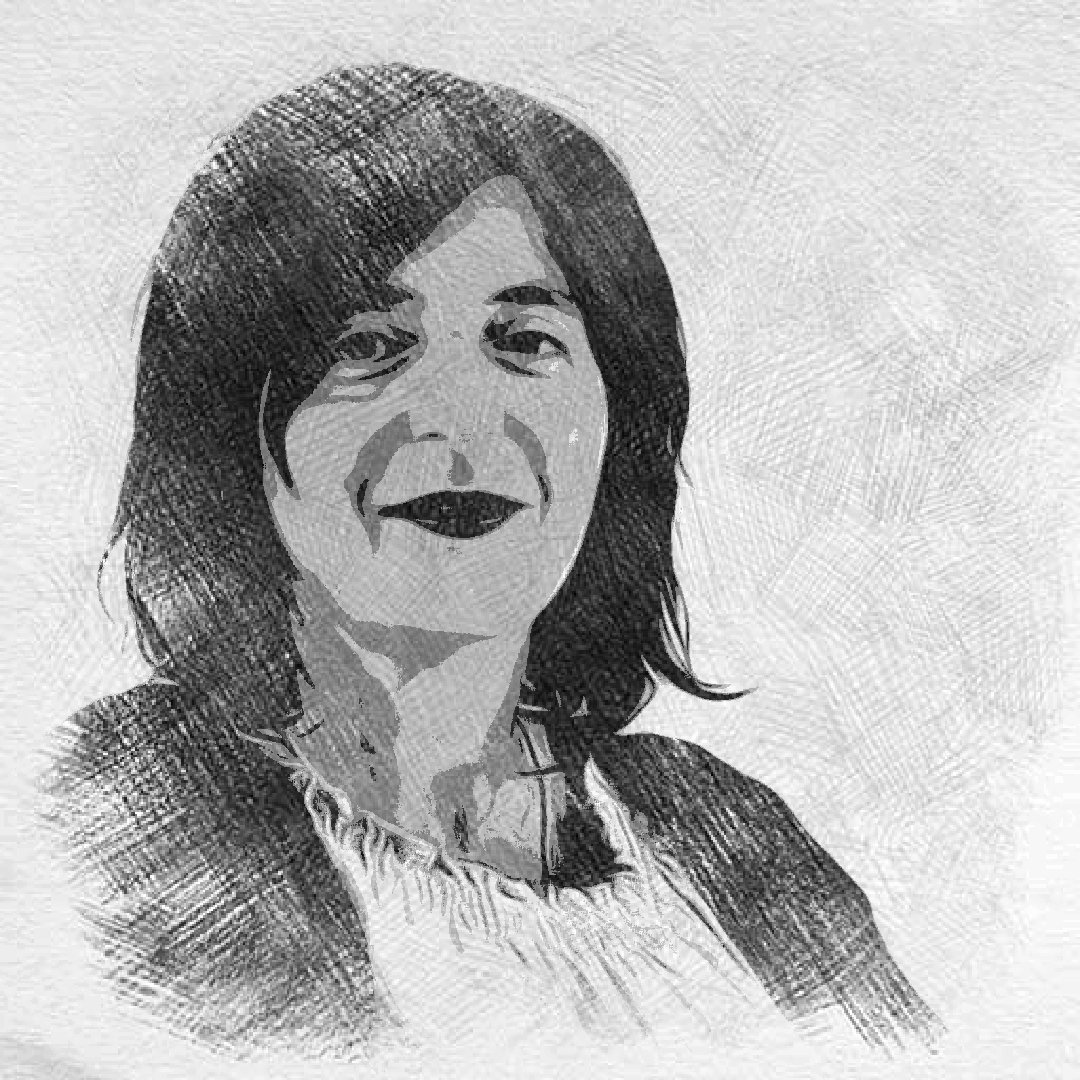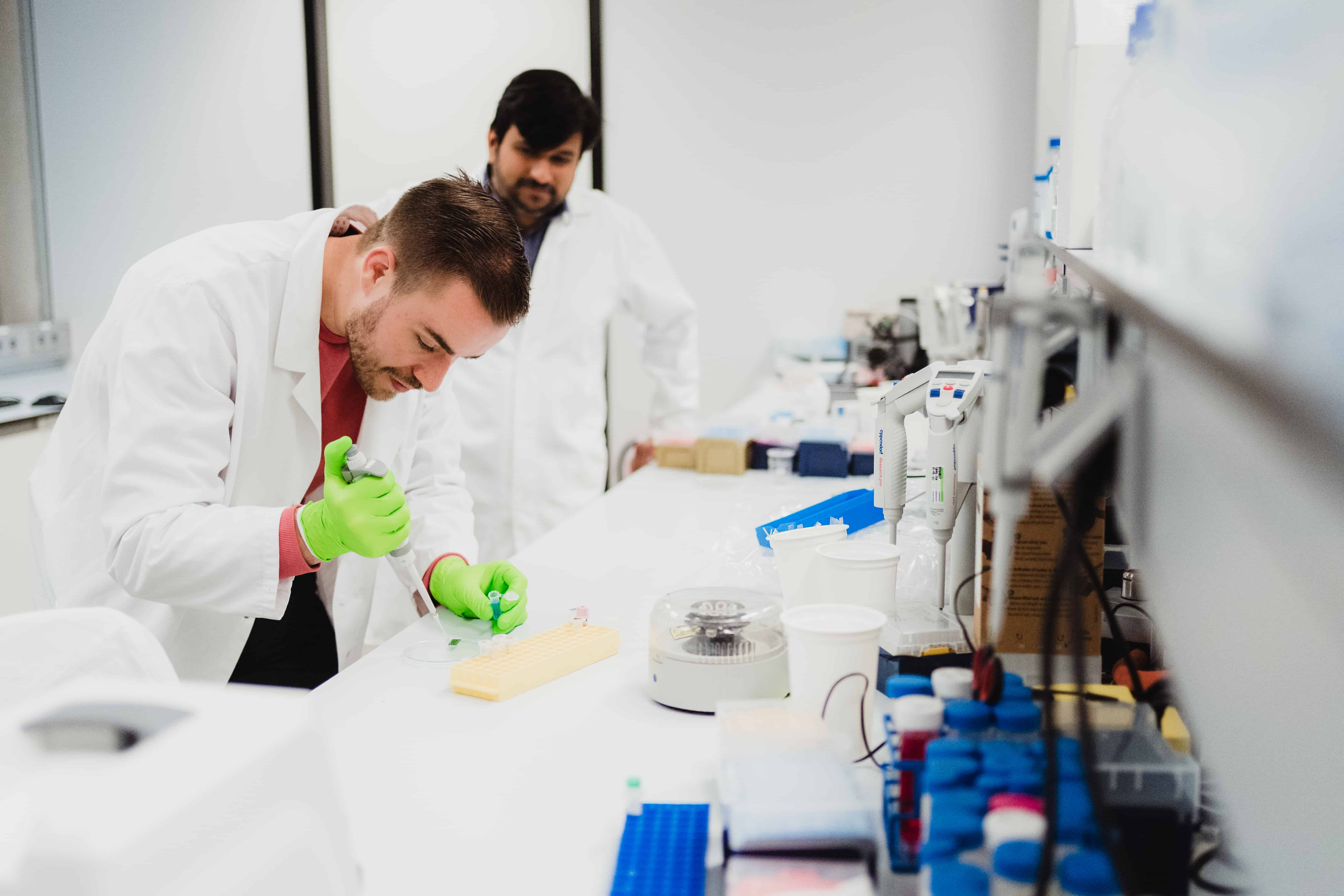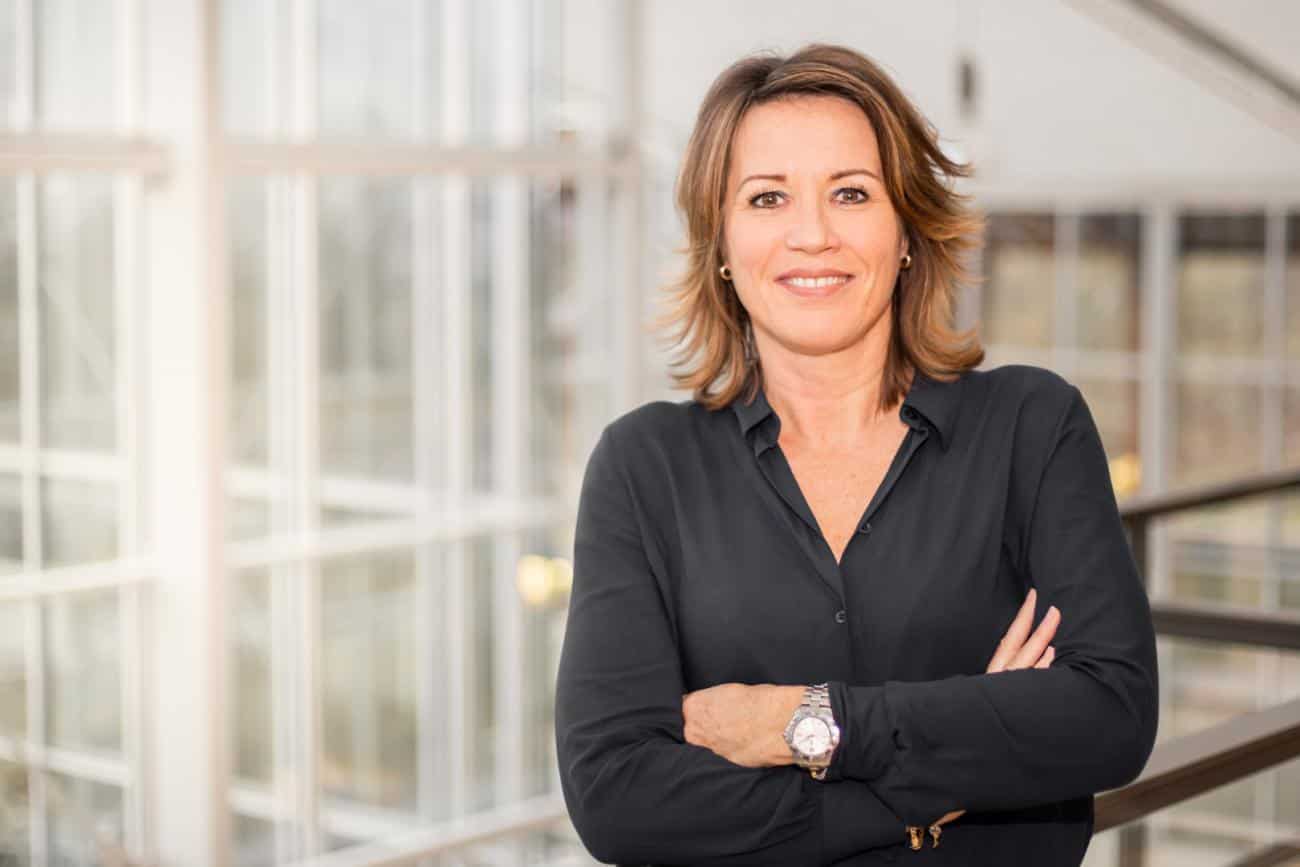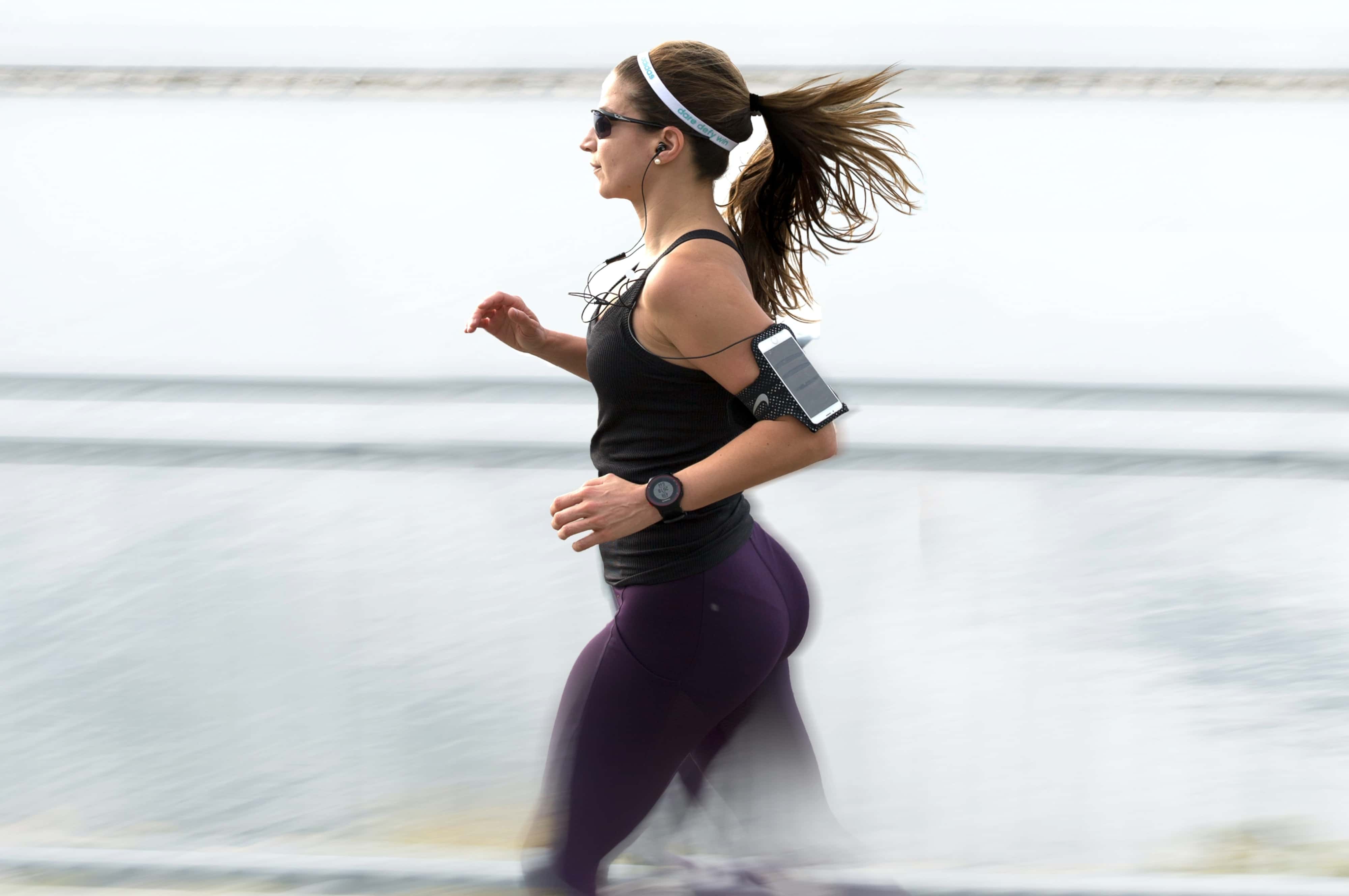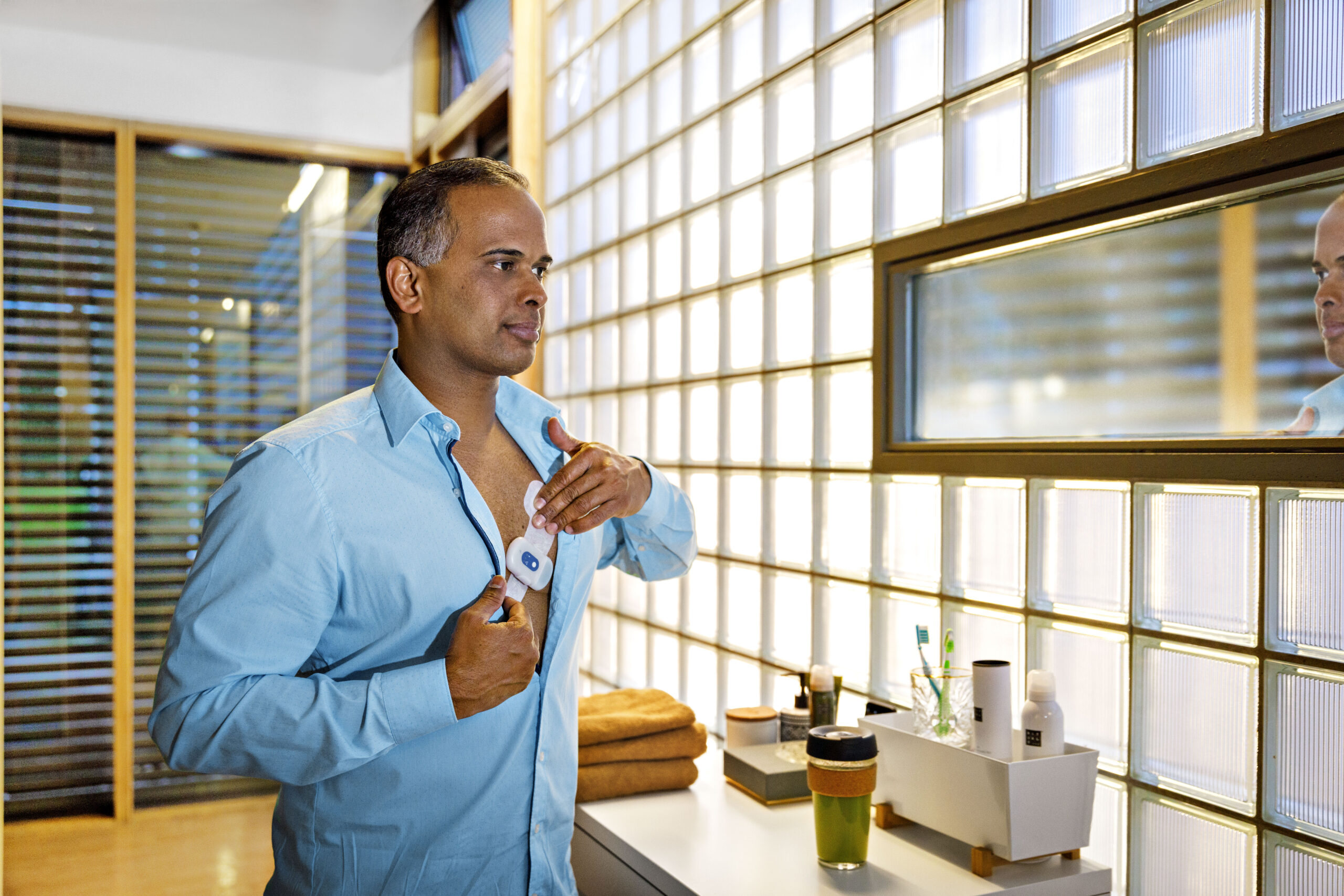
At present, 100 billion euros are being spent annually on healthcare in the Netherlands. It is expected that by 2040, this figure will have risen to 170 billion euros. Technological innovations can help to reduce healthcare costs. Examples include health patches and smart smart wearables: plasters and clothing with built-in smart sensors that can be used to collect and share all kinds of information about the patient. However, reducing costs is not the decisive reason for the development of these and other technological innovations, according to Carla Rombouts, Business Development Manager Healthy Living at the Netherlands Organisation for Applied Scientific Research (TNO).
What then?
“It is about how you can use patient data for the patients’ own good, so that you can start making personal interventions at an early stage. A general practitioner only sees you when you are sick. And a specialist even more so. While you can do a lot in the early stages in terms of lifestyle anderen it comes to identifying hereditary diseases. With the help of data, you can tailor medication and interventions much better to people’s personal situations. For example, I have a colleague who suffers from allergic reactions. By keeping track of how she reacts to certain histamines, she can eventually choose what works best for her personally.”
“By collecting these kinds of data, and then running smart algorithms on them, you can estimate much better when to apply which workable substances in histamine for a certain type of person. So in such cases, the doctor is being supported by that data and those algorithms.”

What advantages does this offer? First and foremost for the patient themselves?
“In addition to lifestyle preventive measures and personalized care, technological innovations such as health patches also offer better options for home care. As a result, you can go home earlier after an operation, for instance, and continue to convalesce in your home environment. Which is a pleasant prospect for a lot of people. Lastly, monitoring of patients takes place without invasive procedures, such as taking blood samples or a finger prick.”
It all sounds almost too good to be true. Are there any drawbacks to all this innovative technology?
“It is still technology. So it can sometimes happen that a device doesn’t work because the battery runs out. Or, as in the case of a smartwatch, because you forgot to calibrate it.”
“Moreover, having continuous access to their health data can stress people out quite a bit. Certainly if they then draw the wrong conclusions from it. The doctor therefore remains indispensable for interpreting the data but also for gauging the patient’s reaction. Doctors would also like to have insight into all those sources that they currently have no access to. Although it is very important that privacy is safeguarded in the process.”
“As a consequence, the launch of the CoronaMelder took quite a while. But the fact that it enables you to detect whether or not someone has had contact with a corona-infected person is, of course, hugely important information.”
It may sound a little crass, but COVID has really given all these technological developments a major boost?
“Absolutely. The sense of urgency became much greater as a result. But also the fact that you can share information remotely. Analyzing data within healthcare, in a way that respects privacy, has gained a tremendously important function because of corona. I’ve also seen that in the use of medications: that medications during the corona crisis were used for COVID patients who had a certain comorbidity. As in, what other underlying diseases someone may also have.”
“Suddenly with COVID, a lot of data was available on similar cases. It’s a very good way of making analyses. At one point the ICUs were full of obese elderly people. Then the correlation with obesity is clear. Just like age. But the information about comorbidity had already been stored in that data for a long time!”
We read reports every day about data leaks and about data being sold off. How can you guarantee the security of all that data?
“We at the TNO are in the process of developing a technology that comes from the Dutch Ministry of Defence. We also want to use it an affordable way in medical care. We are working with an ICT start-up for that purpose. The idea behind the technology is that you can make use of each other’s data, but without revealing the origin of your sources.”
“It is up to the business world to develop technological innovations. But you also know that if you wear a smartwatch, as I do, that Apple will resell your data. It is therefore up to government to regulate this. That’s something that’s being worked on at the moment as well.”
Still, the security of this CoronaMelder remained a hot topic for quite some time.
“That you can trust the safety of your data. That’s where the biggest headache lies. You can make an app so secure. But if nobody trusts it, then it’s of no use to you!”
Therefore, above all, you have to win the trust of the patient or user. Now how do you ensure that you also win the trust of the digitally illiterate and people from a lower socioeconomic background?
“That’s what we at TNO are being really encouraged in by the government. To also embrace and find the group that is less approachable. Like people with less healthcare skills, including people who are elderly. You can do that via the digital route. Digitalization also allows you to approach people from a distance. It is not necessarily the case that people with fewer healthcare skills have fewer digital skills. It is just that they often have fewer digital resources.”
Reaching certain groups of people in the corona response, such as residents of disadvantaged neighborhoods, remains nonetheless complicated.
“That’s right. In such cases, you have to look at which assets you can use to reach that target group. Sometimes these are certain people from the group itself, but they might also be general practitioners. In certain regions, the best way to reach people is through neighborhood communities. Apart from that, there are all kinds of self-help groups. We always try to include them in our studies. We do this precisely to be able to reach groups that are harder to approach from our side. Because in the end, that’s where the biggest health gains can be made!
Title photo: An example of a wearable that allows you to monitor your own health. Photo TNO.
Read lots more IO articles about TNO via this link.

